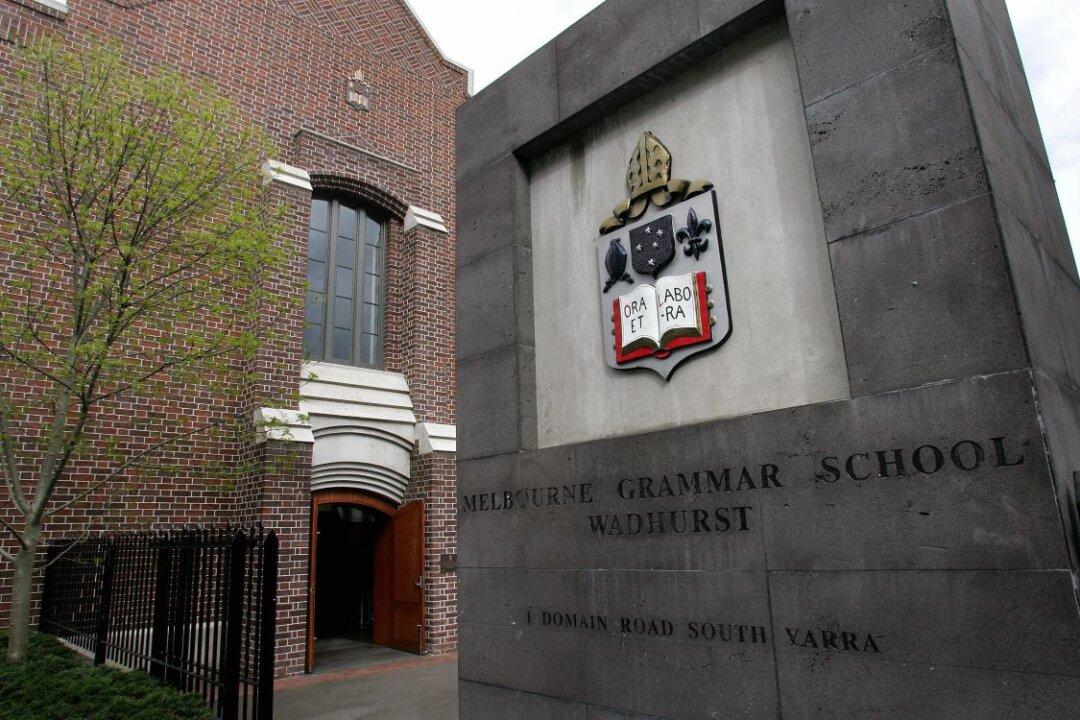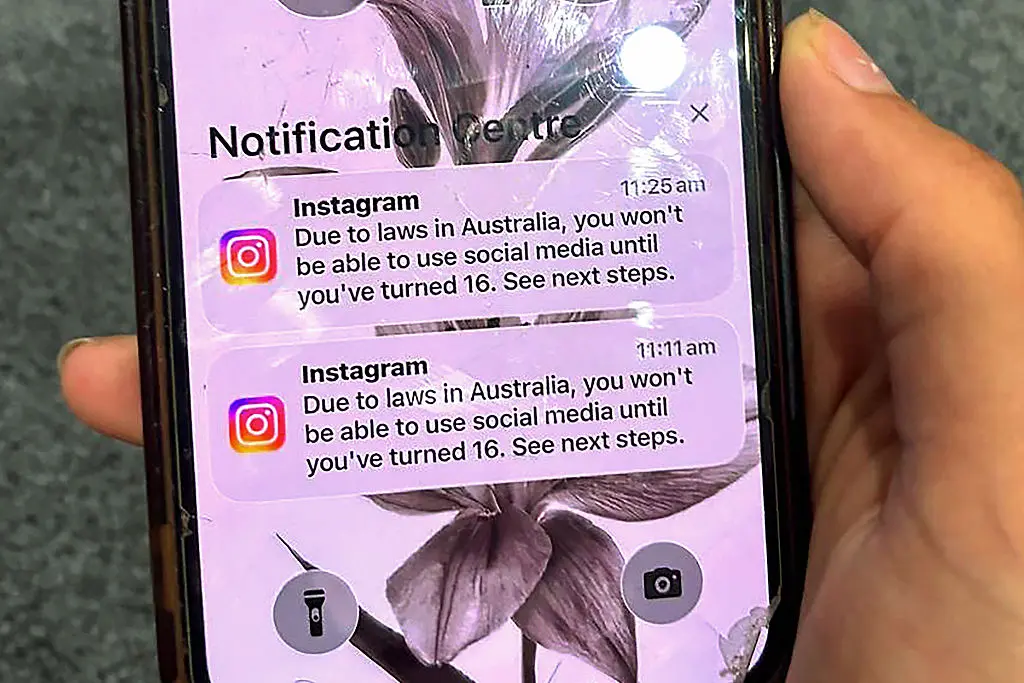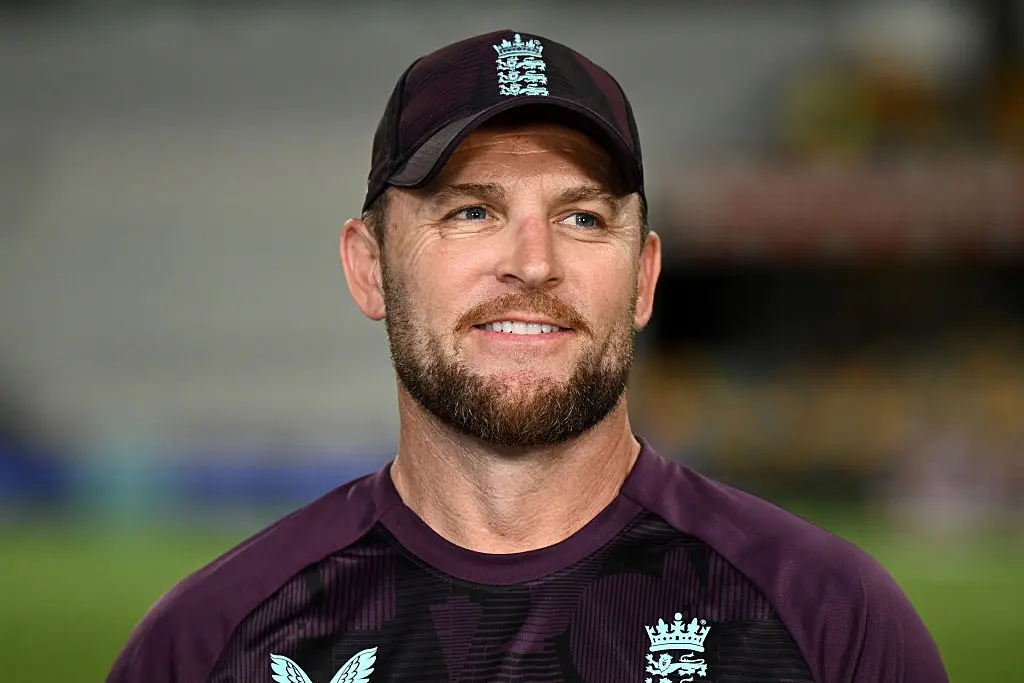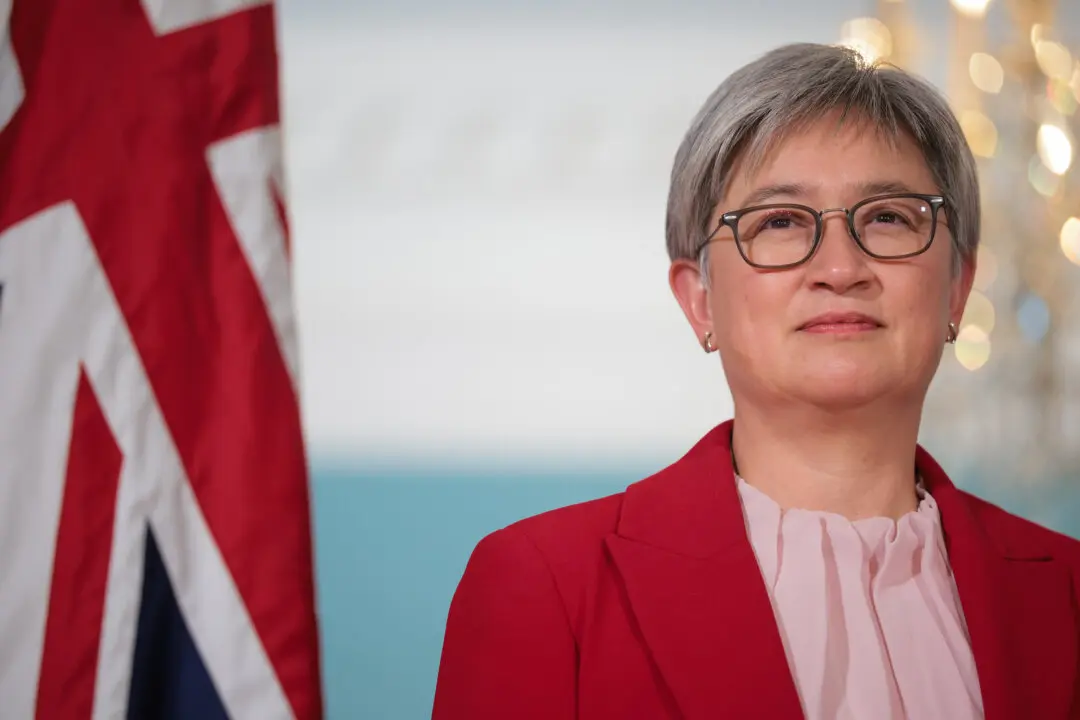Fewer Victorian private schools will lose their longstanding payroll tax exemption than first thought, with the fee threshold to be increased.
The 2023/24 state budget forecast about 110 non-government schools would lose the exemption from mid-2024, raising $422.2 million (US$280 million) for the state across the next four years.





